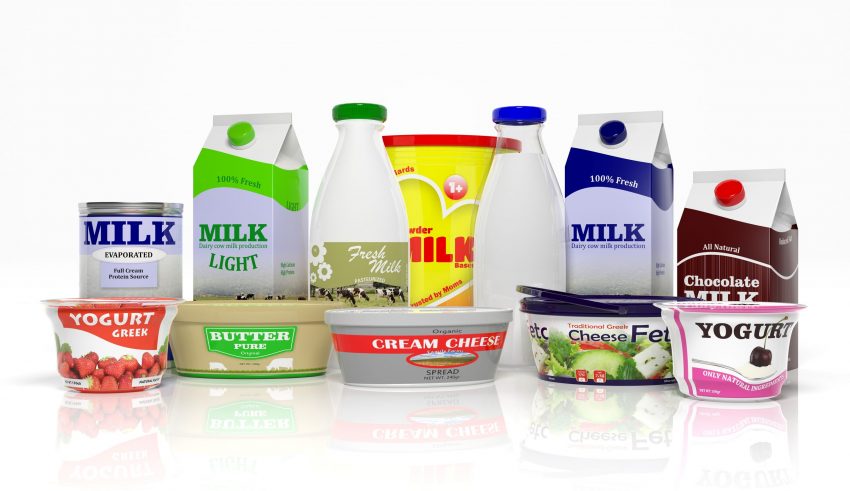For many years now, consumers have looked at dates printed on virtually every
packaged food in existence with the idea that foods beyond this date were no longer fit to eat or drink. Recently, it has been brought to light that this date may be misleading consumers, and the
Grocery Manufacturers Association is trying to set things straight.
The Misconception
When a consumer goes to his refrigerator and pulls out a gallon of milk, there’s a very good chance that he views the date stamped across the front as the absolute last day he can drink or use that milk safely. This is a very common misconception, and millions of American consumers throw food that is perfectly good to eat in the trash unnecessarily because of it. Per the GMA, or Grocery Manufacturers Association, the date printed on food products is not always an expiry date. Rather, in some cases, it’s a recommendation from the food manufacturer that serves as nothing more than a guideline as to when food is at its freshest.
Different Types of Labeling
Right now, all across the United States, the labeling associated with the dates printed on food packaging varies a great deal, and depending on where you live, there could be as many as 20 different variations of those labels. Based on the product and where it’s purchased, for example, a consumer may find the words “best by,” “freshest if used before,” “sell by,” and even “expires on”, all of which mean something completely different. For the sake of safety, most consumers admit to simply tossing the food product after that date, but in some cases, this is an absolute waste. Though each one of these labels means something specific, consumers don’t have the tools they need to decipher them, and that’s what the GMA wants to change.
The GMA’s Goals
There have been numerous studies on the amount of food waste occurring in the US, and on the high end, as much as 40% of all the food that is grown, produced, shipped, and sold in the United States eventually finds its way into the trash because of labeling discrepancies and a lack of understanding. This is an unfathomable amount of food – one that could have a huge impact on hunger in this country, too. The GMA wants to simplify things by requiring food manufacturers and packagers to use just one of two different phrases alongside the date. Ideally, the label would be either “best if used by” or “use by,” with the former indicating freshness and the latter indicating expiry.
The Bottom Line
The GMA says that making the switch to simplified labeling will likely reduce the amount of food waste occurring in the US by a great deal, particularly when it is combined with educating consumers. The vast majority of foods being sold in stores today does not have an expiry date associated with it at all, and many of those foods are perfectly safe (and delicious) long after the printed date when stored in ideal conditions. Only foods that do expire will have the “use by” labeling, and in this case, consumers should be more mindful of the date and toss the product if not consumed promptly thereafter.
Food waste is a serious problem across the country, and it’s especially difficult to know that as much as 40% of all the food in this country finds its way into the trash due to confusing labeling, especially when so many are hungry. If the Grocery Manufacturers Association has anything to do with it, far less food will be wasted, which means there will be more to go around.
